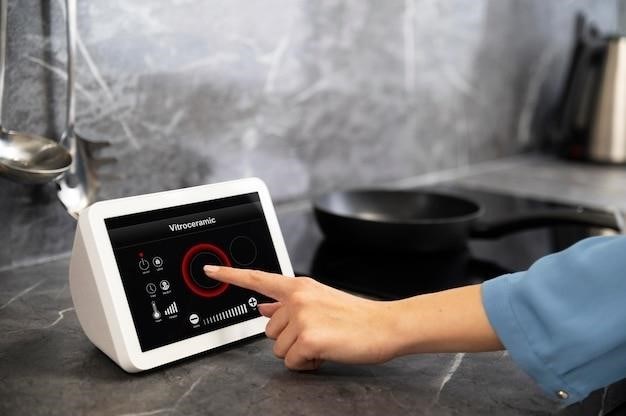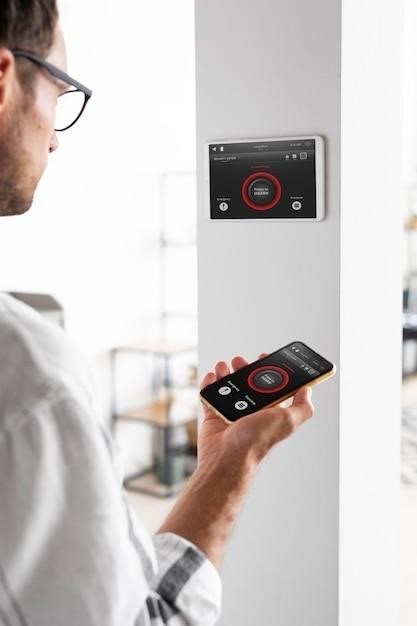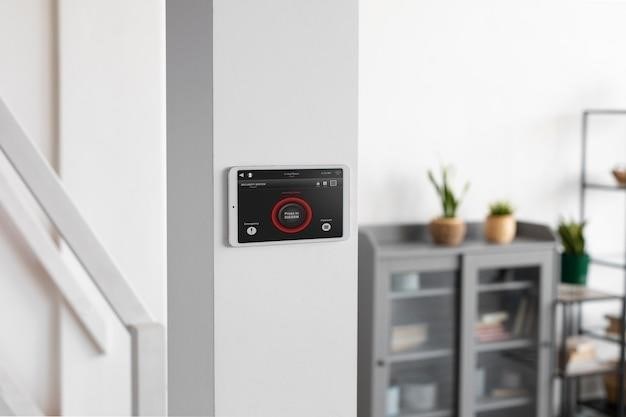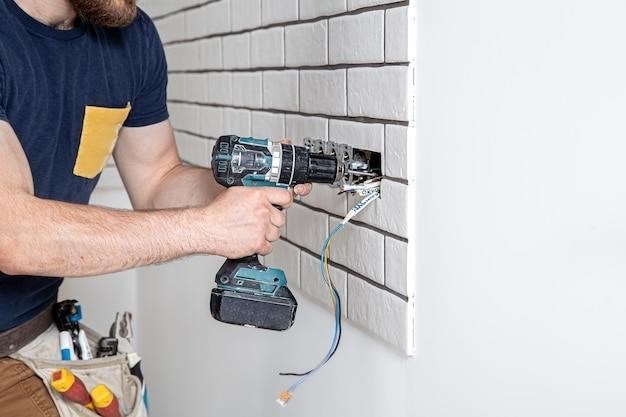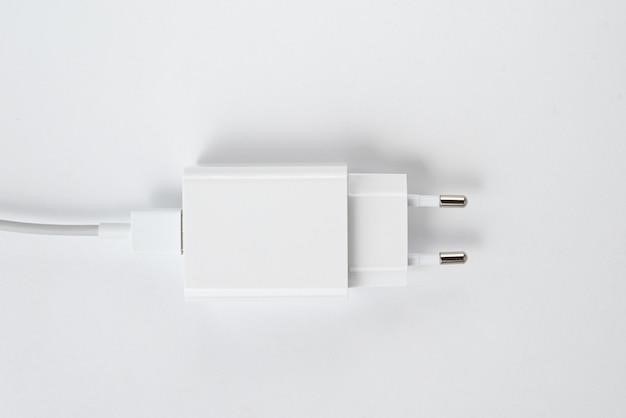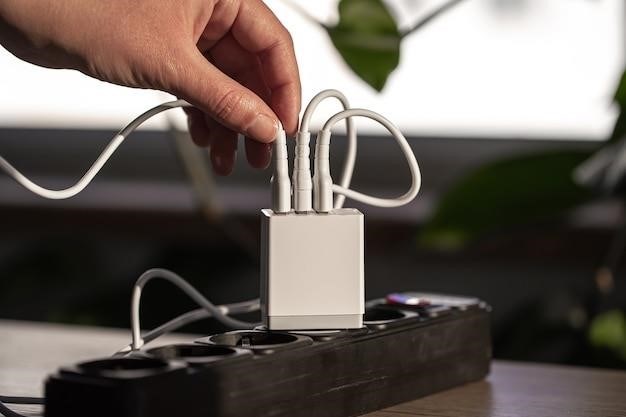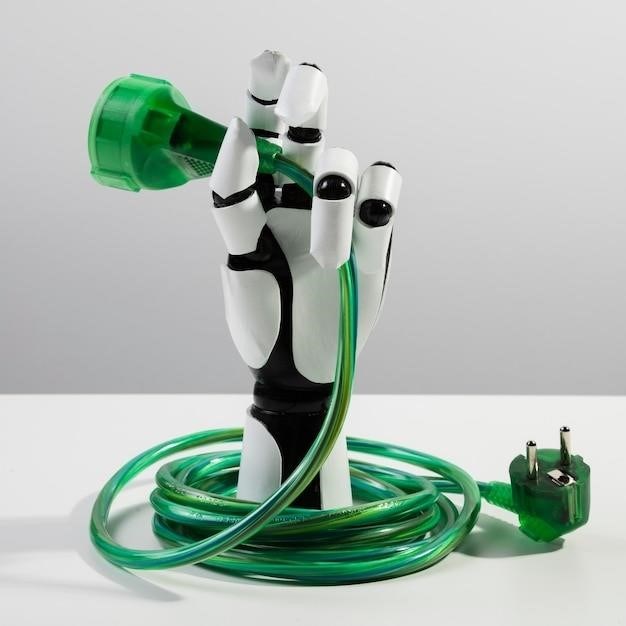Where to Find a John Deere X320 Owners Manual
Finding a John Deere X320 owner’s manual is easy; You can find it online through John Deere Operations CenterTM or John Deere Property Center. TM.
John Deere Operations Center
John Deere Operations Center is a comprehensive online platform that provides access to a wide range of information and resources for John Deere equipment owners‚ including owner’s manuals. To access the John Deere Operations Center‚ you will need to create an account and register your John Deere X320 lawn tractor. Once you have registered your equipment‚ you can download the owner’s manual directly from the website. The John Deere Operations Center is a convenient and user-friendly resource that allows you to access your owner’s manual anytime‚ anywhere‚ making it easy to find the information you need to operate and maintain your John Deere X320 lawn tractor.
John Deere Property Center
John Deere Property Center is another online resource that offers access to owner’s manuals for John Deere equipment. Similar to the John Deere Operations Center‚ you will need to create an account and register your John Deere X320 lawn tractor. Once your equipment is registered‚ you can browse the available resources‚ including the owner’s manual. The John Deere Property Center provides a user-friendly interface for accessing and downloading manuals‚ making it a convenient option for finding the necessary information for your X320 lawn tractor.
Printed Manuals
For those who prefer a physical copy of the John Deere X320 owner’s manual‚ you can purchase a printed version directly from John Deere or through authorized dealers. Printed manuals typically contain detailed information about the operation‚ maintenance‚ and safety features of your lawn tractor. They are a valuable resource for understanding the intricacies of your equipment and can be kept handy for quick reference. While online resources are becoming increasingly popular‚ a printed manual can be a convenient option for those who prefer a tangible guide.
John Deere X320 Service Manuals
John Deere service manuals provide comprehensive repair and maintenance information for your X320 lawn tractor.
John Deere Service Manual Download
Download a John Deere X320 service manual to access detailed repair and maintenance information. You can find these manuals online‚ often available as downloadable PDFs; These manuals are essential for anyone looking to perform repairs or maintenance on their X320 lawn tractor. They provide step-by-step instructions‚ diagrams‚ and troubleshooting guides‚ ensuring proper repair procedures and minimizing the risk of damage.
John Deere X320 Lawn Tractor Service Repair Manual
A John Deere X320 lawn tractor service repair manual is a comprehensive guide that provides detailed instructions for repairing and maintaining your X320. These manuals are often available in digital formats‚ like PDFs‚ and can be downloaded online. They offer step-by-step procedures‚ diagrams‚ and technical specifications‚ covering various aspects of your X320‚ from engine repair to transmission maintenance. These manuals are essential for anyone looking to perform repairs or maintenance on their X320‚ ensuring proper procedures and a thorough understanding of the machine’s workings.
Finding Your John Deere X320 Model and Serial Number
Locating your John Deere X320 model and serial number is crucial for accessing the right manuals and parts. These numbers are typically found on a metal identification tag attached to your machine. The model number is usually located below a “MODEL” heading on the tag‚ while the serial number is often found on the top-right corner‚ often underlined. Once you’ve found these numbers‚ you can use them to search for specific manuals and parts related to your X320. Having this information ensures you’re getting the correct resources for your specific machine.
John Deere X320 User Manuals Online
John Deere offers a range of technical and operator publications and training.
John Deere Select Series X320 User Manuals
The John Deere Select Series X320 user manual is a comprehensive guide for operating and maintaining your lawn tractor. You can find it online by searching for “John Deere Select Series X320 User Manual” or by visiting the official John Deere website. The manual covers topics such as safety‚ operation‚ maintenance‚ and troubleshooting. It’s a valuable resource for any John Deere X320 owner‚ providing detailed information on how to keep your tractor running smoothly.
Free Download of John Deere X320 Manuals
While John Deere offers a range of publications and training‚ you might find free downloadable versions of John Deere X320 manuals on various websites. These could include operator’s manuals‚ technical manuals‚ and parts catalogs. Be cautious‚ as not all free downloads are officially sanctioned by John Deere‚ so ensure the source is reputable. You can search online for “free download John Deere X320 manual” and check for user reviews and ratings for the website before downloading any documents.
John Deere X320 Maintenance Resources
Keeping your John Deere X320 in top condition is crucial for its longevity and performance. Fortunately‚ John Deere provides several resources to help you maintain your lawn tractor.
John Deere X320 Lawn Tractor Maintenance Guide
The John Deere X320 Lawn Tractor Maintenance Guide is a comprehensive resource that outlines the essential maintenance tasks for your lawn tractor. This guide will help you understand the service schedule‚ identify necessary parts‚ and determine the recommended intervals for routine maintenance. It also provides information on common John Deere parts specifically designed for the X320 model‚ ensuring you have the right components for optimal performance and longevity.
John Deere X320 Maintenance Reminder Sheet
The John Deere X320 Maintenance Reminder Sheet serves as a handy reference tool to help you stay on top of routine maintenance tasks for your lawn tractor. It provides a concise overview of common maintenance part numbers‚ service intervals‚ and capacities specific to the X320 model. This sheet is designed to streamline your maintenance process‚ ensuring you have the necessary information readily available to keep your equipment running smoothly and efficiently.

John Deere X320 Parts and Information
Finding the right parts for your John Deere X320 is easy with access to John Deere’s extensive parts catalogs and online resources.
John Deere Parts Catalogs
John Deere offers a comprehensive online parts catalog where you can find all the parts you need for your X320. You can search by model number‚ serial number‚ or part number. The catalog provides detailed information on each part‚ including diagrams‚ specifications‚ and pricing. You can also order parts directly from the catalog. In addition to the online catalog‚ John Deere also offers printed parts catalogs. These catalogs can be purchased from John Deere dealers or online retailers.
John Deere X320 Parts
Finding the right parts for your John Deere X320 is essential for maintaining its optimal performance. Whether you’re looking for routine maintenance items like filters and blades or need to replace a specific component‚ John Deere offers a wide range of parts specifically designed for the X320. You can find these parts through authorized John Deere dealers‚ online retailers‚ or directly from the John Deere website. When ordering parts‚ make sure to provide your X320’s model and serial number for accurate identification and compatibility.

John Deere X320 Technical Information
For in-depth technical details‚ you can consult the John Deere X320 technical manual. This comprehensive resource provides detailed information on the X320’s specifications‚ components‚ and operation.
John Deere X320 Technical Manual
The John Deere X320 technical manual is an invaluable resource for anyone who wants to understand the inner workings of their lawn tractor. This comprehensive document provides detailed information on every aspect of the X320‚ from its engine and transmission to its electrical system and hydraulics. With its detailed diagrams and clear explanations‚ the technical manual is an essential tool for anyone who needs to troubleshoot‚ repair‚ or maintain their X320.
You can typically find the John Deere X320 technical manual through authorized John Deere dealers‚ online retailers specializing in equipment manuals‚ or through online marketplaces like eBay. When searching for the manual‚ be sure to specify the exact model and serial number of your X320 to ensure compatibility. The technical manual is a must-have for any serious X320 owner who wants to keep their lawn tractor running smoothly for years to come.
John Deere X320 Technical Specifications
The John Deere X320 is a powerful and reliable lawn tractor designed for both residential and light commercial use. Understanding its technical specifications helps you make informed decisions about its capabilities and limitations. The X320 boasts a 20-horsepower engine‚ providing ample power for tackling tough mowing tasks. It features a hydrostatic transmission‚ allowing for smooth and effortless speed control. The X320’s cutting deck size typically ranges from 38 to 48 inches‚ providing efficient coverage for larger yards.
Additional technical specifications include its weight‚ turning radius‚ and fuel capacity. These details can be found in the John Deere X320 owner’s manual or on the manufacturer’s website. Understanding these specifications helps you choose the right attachments and accessories for your needs and ensures safe and efficient operation of your X320.

